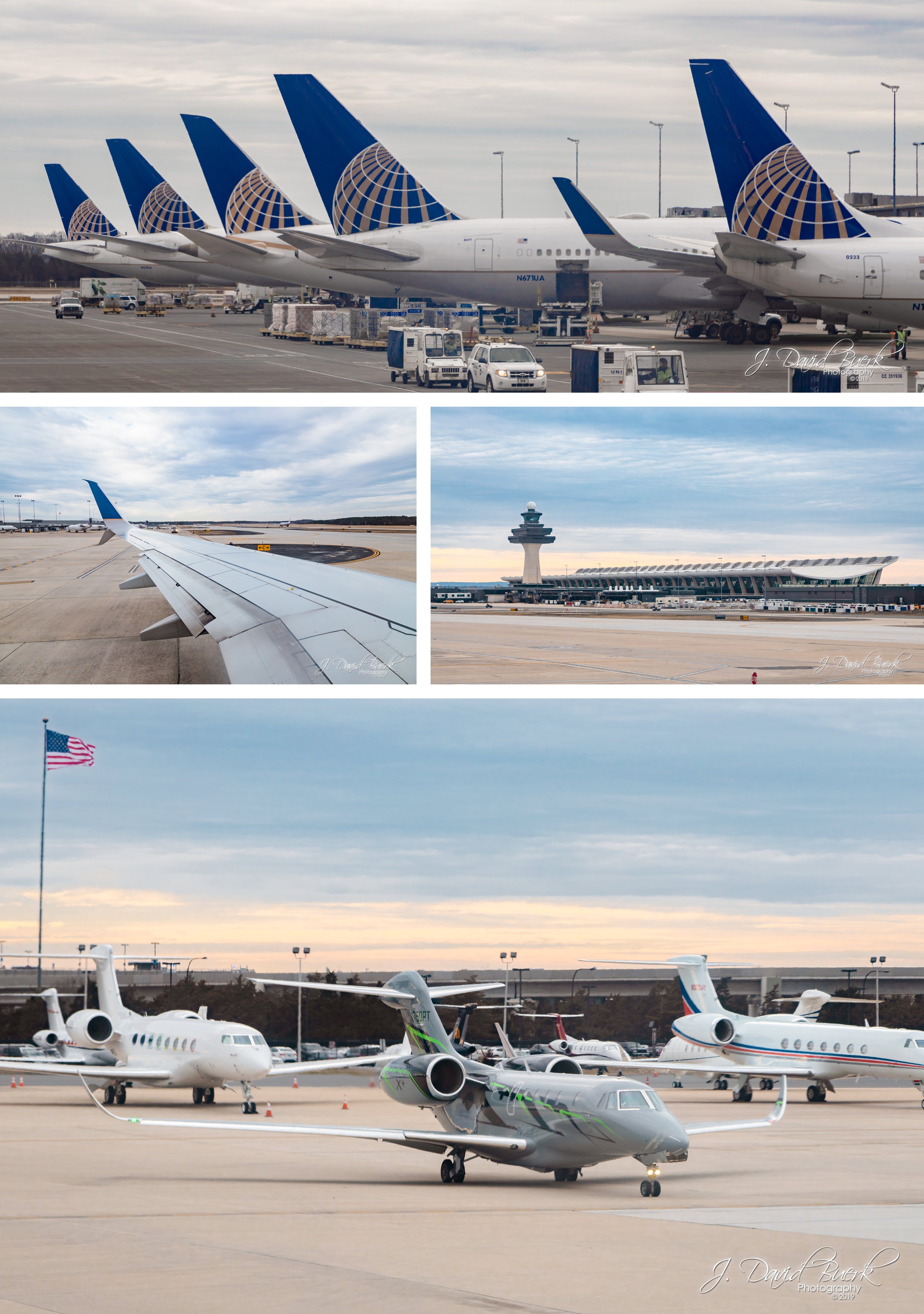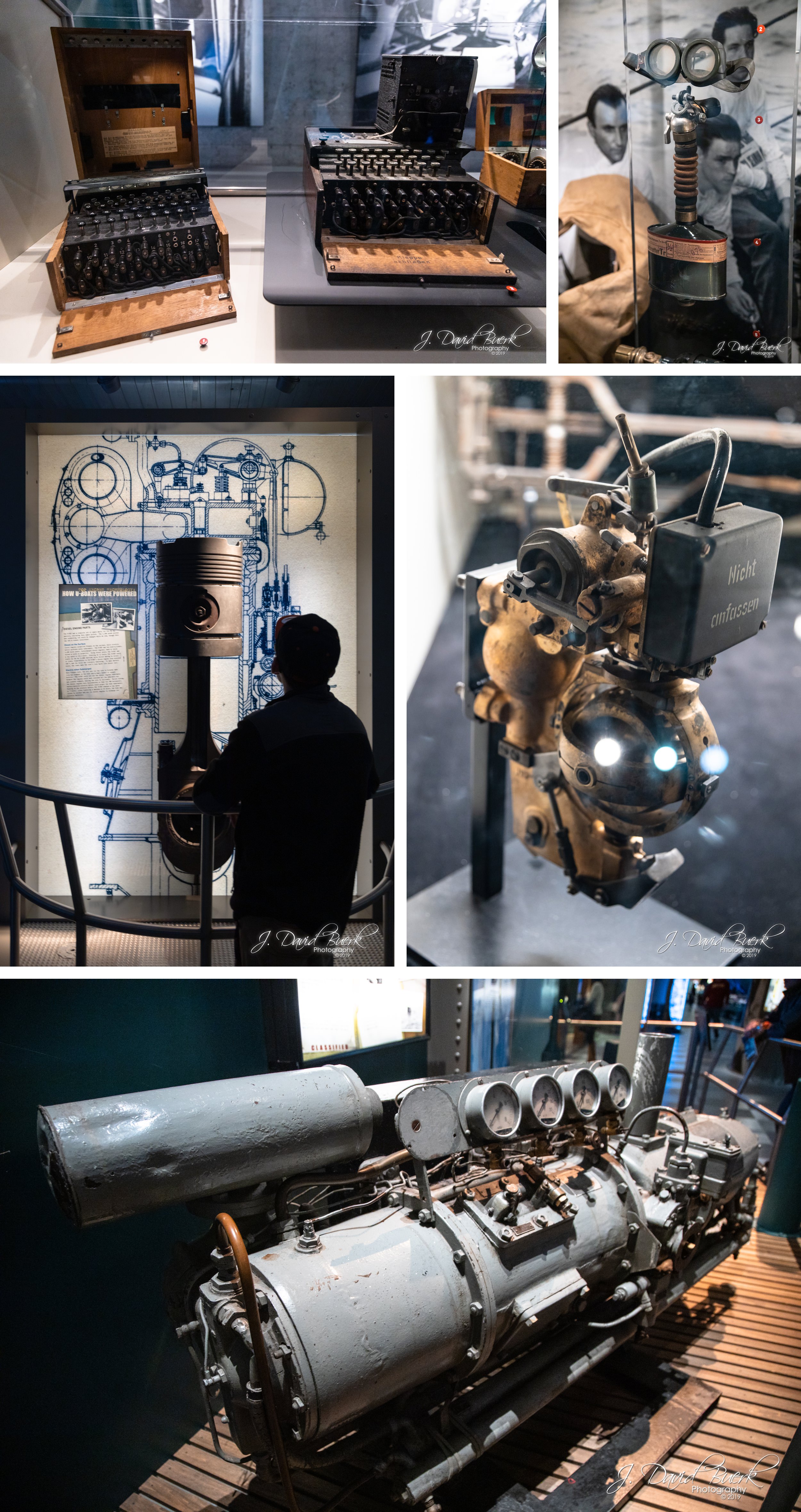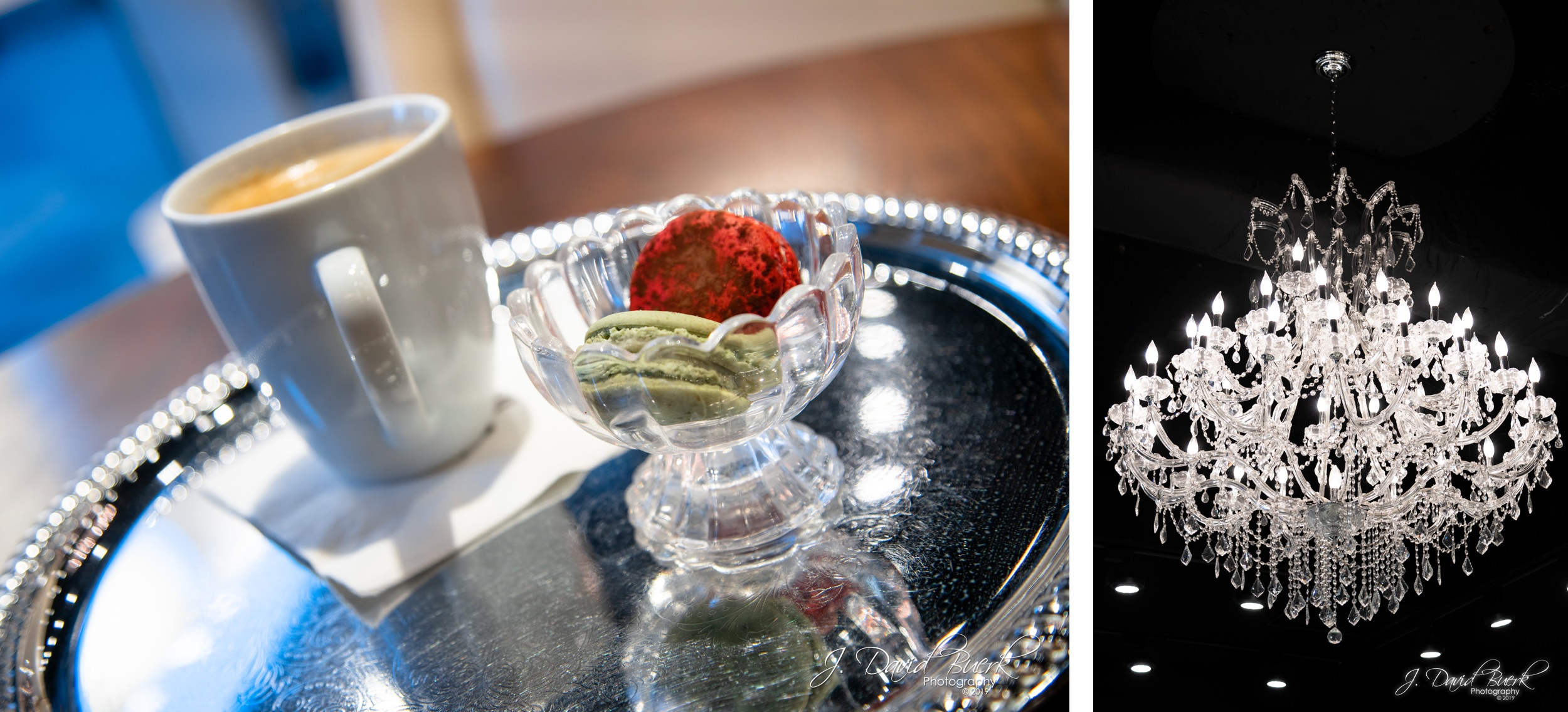2019 was quite an odd year. Its unusual helter-skelter pace sometimes made me doubt my photographic skills, but the year continually provided new opportunities to refresh my creative energies, whether that meant braving sub-zero wind chills in unfamiliar cities, or trying new lighting and editing techniques while on commercial assignments. This annual year-in-review wrap-up helps to fuel my creative energies for 2020, and a new decade of capturing the world around me. I’m all set for the new year - let’s capture 2020 together.
As the Earth transits its Moon, a crescent shape is left illuminated prior to the total lunar eclipse during a “supermoon,” January 20th, 2019.
The newly released mirrorless full-frame Canon EOS R in the snow, with a Lubitel 2 75mm f/4.5 lens modified to EF mount.
2019’s first snowfall; a light dusting in the DC region.
Milwaukee River one week after a “polar vortex” brought record low temperatures of -21ºF with a windchill of -40º. The temperature at time of this picture was 13ºF with a wind chill of -7º. The extreme cold snap claimed 22 lives.
In downtown Milwaukee, a cheese mart offers rotating samples of hundreds of local cheeses.
The bottling and packaging equipment line at Lakefront Brewery, in Milwaukee, Wisconsin.
Mew, the mythical 151st Pokémon, straps in for a flight in Economy Plus.
Above Chicago, icebergs on Lake Michigan are visible for miles one week after a “polar vortex” brought record low temperatures of -23ºF with a windchill of -52º to the city. A maximum temperature of -10ºF set a record for lowest daily high temperature. The extreme cold snap claimed 22 lives.
A nuclear power station vents steam and creates a shadow onto the eastern waters of Lake Michigan.
In stark contrast to the mid-west’s severe Winter, the DC region experiences unusually warm February weather. A woman walks by a Fredericksburg brewery’s mural in the premature Spring temperatures.
Details of a two-year-old orchid at the end of peak bloom.
Aerial view of Soldier Field at sunset.
“The Sky's The Limit“ by Michael Hayden, 1987; neon lights and colored panels choreographed to music by composer William Kraft adorn the pedestrian talkback tunnel connecting United Terminals B and C at Chicago’s O'Hare International Airport.
Between Terminals at O'Hare International Airport, globes illuminate the way for passengers at night.
International arrivals queue through the line in O'Hare International Airport’s Terminal 5 before clearing customs. Disembarking passengers pass by ad space displaying a campaign for a Japanese courier logistics service. J. David Buerk - Photography documents marketing campaign activations in major markets across the United States.
In downtown Chicago, an Uber driver cuts through the city to avoid traffic on I-90.
Visitors to Chicago’s Museum of Science and Industry view “The Great Train Story,” a 3,500 sq.ft. model train installation displaying 20 trains on 1,400 feet of track representing 2,200 miles of railway between Chicago and Seattle.
Aboard the German Submarine U-505, red alarm lights shine dimly while being depth charged. The submarine was captured by the US Navy in 1944 in efforts to capture an Enigma code machine used by Nazi forces during WWII. The U-505 is the only U-boat in North America.
A recently hatched baby chick photobombs its siblings in the Museum of Science and Industry’s Fast Forward & Genetics exhibit.
In Chicago’s Hyde Park, English Ivy is allowed to overgrow on a row house, blooming green in warm months, and exposing delightfully spooky vines on the brick facade in Winter.
Bandmembers of Tommy McCracken playing electric guitar at Buddy Guy’s Legends blues nightclub.
Rock and Roll Hall of Fame blues legend Buddy Guy takes the stage at his Chicago nightclub to sing relationship advice to audience members.
Nellie Travis sings a soulful rendition of “Sweet Home Chicago” with audience participation at Buddy Guy’s Legends blues nightclub.
Promotional photo of Wolfgang’s Meatloaf at The Kitchen by Wolfgang Puck.
Promotional photo of Lamb Lollipops with Hummus and Flatbread at Bracket Room.
Margaret and Bayard kiss with champagne on the lawn of Belle Haven Country Club after their wedding ceremony.
Margaret and Bayard’s wedding rings on a bouquet of flowers.
Planespotters click away from Washington Dulles International Airport’s (IAD) T/L K as Alitalia touches down to begin non-stop service between Washington, DC and Rome’s Leonardo da Vinci–Fiumicino Airport (FCO).
After remarks at the gate, Fabio Lazzerini, Alitalia CBO, and Armando Varricchio, Italy’s ambassador to the United States cut cake to celebrate Alitalia’s non-stop service between Washington, DC and Rome.
Models showcase every uniform worn by Alitalia cabin crew since the airline’s inception in 1946 during a cocktail recaption at the Embassy of Italy in Washington, DC.
During Alitalia’s cocktail recaption at the Embassy of Italy in Washington, DC, the Cognac Jazz Band’s singer solos on the trumpet during a cover of the main title theme from “Game of Thrones.”
New 7000 Series trains cross the Washington Metro’s bridge between Arlington and Washington, DC, in front of the Jefferson Memorial and Washington Monument.
Bridesmaids button up the lacy back of Tiffany’s wedding dress in her Arlington hotel room.
David and Tiffany hold hands in front of a fountain in Arlington as the wind blows during a first-look.
David and Tiffany’s wedding rings in a pink rose at their wedding reception.
Lexus LC 500s await drivers to hot-lap them Lexus Experience Amazing Drive Event.
Crowds fill the streets and tour the shops in Old Town during the Taste Leesburg wine and food festival.
Storm clouds move in over St. Peter's Roman Catholic Church in Harper’s Ferry, West Virginia.
A moth lands on a hiker’s arm to feed on salt in the hiker’s sweat.
Atop the Maryland Heights Trail in Harper’s Ferry, West Virginia, Patrick poses for a contemplative portrait.
An image from August 24th, 2019, showing the section of the rail bridge that gave way following the derailment of empty CSX grain cars into the Potomac River at 4AM, December 21st, 2019. The Goodloe Byron Memorial Footbridge alongside the bridge's train line provided pedestrian access from Harper's Ferry to the locally-famous Maryland Heights Trail, and is part of the Appalachian Trail. Information about the incident, including indefinite closure of footbridge access, can be found on the NPS website.
Hina places “HOME” decorative blocks on the mantle immediately after closing on Imran and Hina’s first home.
Pennsylvania Avenue NW in Washington, DC is closed and filled with attendees of the Snallygaster beer festival.
Lisa Marie’s 2017 “LOVE” mural in Blagden Alley’s DC Alley Museum.
Farewell text on the exit way doors inside Tiger Fork, a Michelin Guide ranked Chinese restaurant in Northwest, Washington, DC.
Exterior facade of Tiger Fork, a Michelin Guide ranked Chinese restaurant in Northwest, Washington, DC.
A mother and child view “Migrants’ Perilous Journey,” by Reuters Pulitzer Prize winning photographer Adrees Latif on the Newseum’s final weekend open to the public.
Crowds fill every floor of the Newseum on its final weekend open to the public before permanently closing December 31st, 2019. Outside, people wrapped around two corners of the building in the rain waiting to gain entry.
The end of an era. Opened on April 18th, 1997, the Newseum permanently closed on December 31st, 2019. The media and journalism museum was originally located in Rosslyn, Arlington, Virginia, and moved to its ultimate location on Pennsylvania Avenue NW on April 11th, 2008. In January, 2019, The Freedom Forum announced sale of the purpose-built Newseum building to The Johns Hopkins University for $372.5M, where it will house graduate programs. As of this writing, the Newseum is currently searching for a new location to house its exhibits.



































